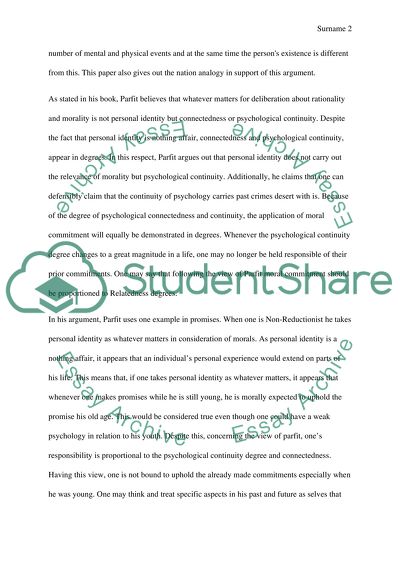Cite this document
(“Parfit's, the Reductionist and Moral Commitment Argument Essay”, n.d.)
Parfit's, the Reductionist and Moral Commitment Argument Essay. Retrieved from https://studentshare.org/psychology/1454469-read-the-link
Parfit's, the Reductionist and Moral Commitment Argument Essay. Retrieved from https://studentshare.org/psychology/1454469-read-the-link
(Parfit'S, the Reductionist and Moral Commitment Argument Essay)
Parfit'S, the Reductionist and Moral Commitment Argument Essay. https://studentshare.org/psychology/1454469-read-the-link.
Parfit'S, the Reductionist and Moral Commitment Argument Essay. https://studentshare.org/psychology/1454469-read-the-link.
“Parfit'S, the Reductionist and Moral Commitment Argument Essay”, n.d. https://studentshare.org/psychology/1454469-read-the-link.


